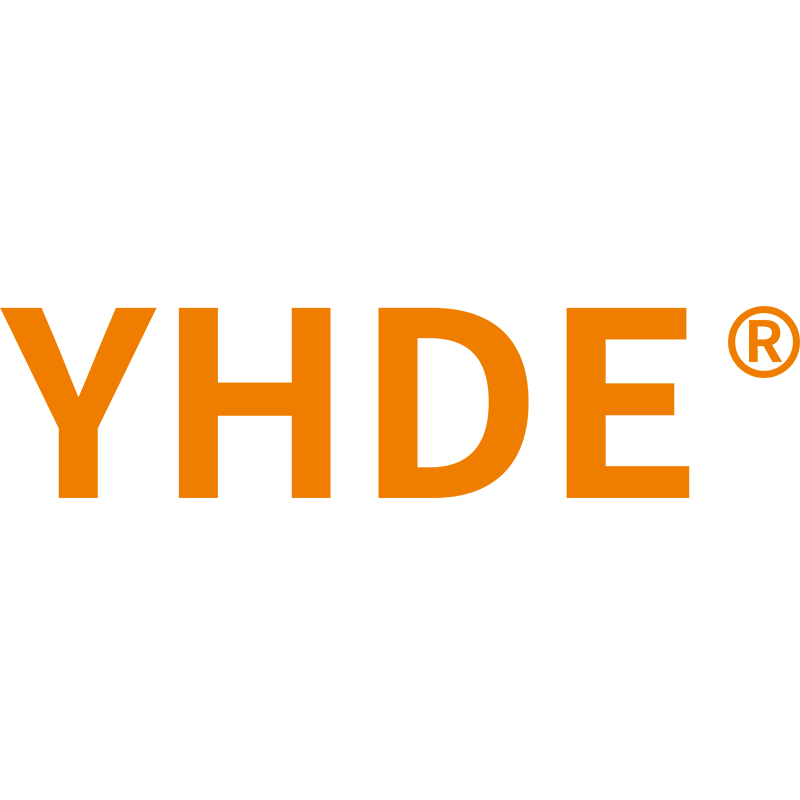Vane pump PV2R1-23F parameter characteristics and common fault causes
1. PV2R1-23F Model Analysis
PV2R1: Indicates the PV2R1 series number.
23: Nominal displacement cm³/rev of a single vane pump.
F: Flange mounting.
2. PV2R1-23F Technical Specifications
Operating Pressure: Up to 210 bar.
Speed Range: 750-1800 rpm.
Discharge/Inlet Direction: Standard configuration is upward.
Weight: Approximately 9.0 kg (flange mount type).
3.PV2R1-23F Precautions
PV2R1 vane pump cannot absorb oil or absorbs insufficient oil
Cause: Loose oil suction pipe joints, allowing air to enter or clogged filters.
Solution: Check and tighten joints, clean filters; use grease to detect leaks or observe bubbles at the oil return port.
PV2R1 vane pump oil cleanliness is insufficient
Cause: Contaminants clog the gap between the blades and the rotor slots, causing the blades to stick.
Solution: Disassemble and clean the pump body. Grind the blades if necessary or replace the oil and filter.
Insufficient oil or viscosity issues
Cause: The oil level in the tank is too low or the oil viscosity is too high, affecting oil suction efficiency.
Solution: Refill the oil promptly to above the minimum mark and select a hydraulic oil with appropriate viscosity.
PV2R1 vane pump abnormal noise or vibration
Air is mixed into the system.
Cause: Leak in the suction line or bubbles in the oil.
Solution: Bleed the main hydraulic pump, check for leaks, and tighten any leaks.
Mechanical wear or contamination
Cause: Separation of the slipper from the plunger, wear on the inner surface of the stator, or oil contamination leading to abnormal component friction.
Solution: Replace worn parts (such as the valve plate and stator), clean the hydraulic system, and replace the oil.
Improper installation of PV2R1 hydraulic pump
Cause: Overtightening of the coupling, excessive coaxiality, or uneven axial force can lead to bearing damage.
Solution: Reinstall and adjust coaxiality (≤ 0.1mm), leaving axial clearance and avoiding violent impact.
Insufficient flow or decreased volumetric efficiency
The axial clearance of the PV2R1 hydraulic pump is too large
Cause: Loose pump cover screws, resulting in reduced volumetric efficiency.
Solution: Tighten the screws evenly and adjust the clearance to 0.04-0.07 mm.
PV2R1 hydraulic pump system leakage or abnormal back pressure
Cause: Hydraulic component seal failure or excessive back pressure on the oil discharge side.
Solution: Check each section for leaks, clean the clogged pressure gauge, and optimize system back pressure.
Motor speed insufficient
Cause: The drive motor is not reaching its rated speed.
Solution: Replace the motor with one that meets the rated speed.
Abnormal sliding of PV2R1 hydraulic pump blades
Cause: The blades do not fit properly in the rotor slots (e.g., they are installed upside down or are worn).
Solution: Clean or adjust the blades individually to ensure the blade pitch aligns with the direction of rotor rotation.
PV2R1 vane pump temperature is too high
Cause: Continuous operation without cooling results in oil temperatures exceeding 70°C, exacerbating wear.
Solution: Install a cooling device to avoid prolonged high-temperature operation.
Maintenance Recommendation: Regularly check oil cleanliness (NAS grade 9 or below is recommended), filter condition, and connector tightness to prevent contamination and mechanical loosening.
